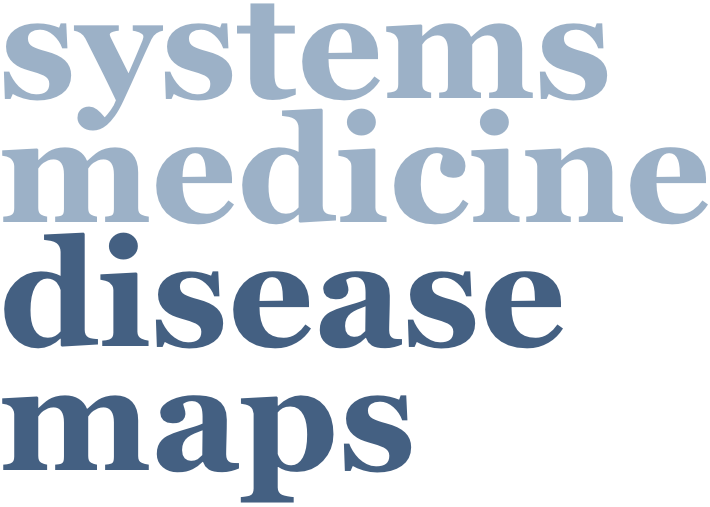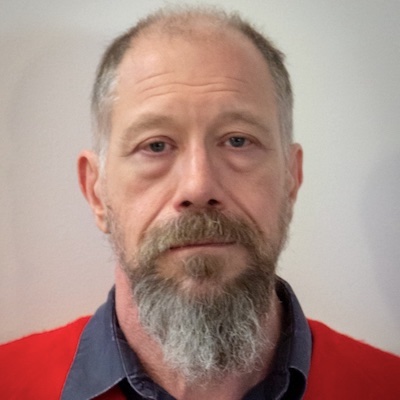

[back to the DMCM’24 Programme]
 |
James Glazier, Professor of Intelligent Systems Engineering, Professor & Director of Biocomplexity Institute Biophysics, Indiana University, Bloomington, USA |
From disease networks to multiscale virtual tissue models of health and disease: building tools and community
The relationship between health, disease, and therapy is fundamentally connected to how molecular states translate into physiological outcomes at tissue and organ levels. Predicting these larger-scale outcomes from molecular data is complex due to feedback mechanisms across cellular, multicellular, organ, and organismal scales. Virtual Tissue simulations, utilizing an Agent-Based, middle-out approach, start by modeling cell behaviors and interactions and then scale up and down to different biological levels. These simulations have been instrumental in advancing our understanding of development, homeostasis, disease mechanisms, drug discovery, and toxicology.
Virtual Tissue modeling has seen the development of various frameworks, like PhysiCell, CompuCell3D, and Morpheus, to ease the creation of these intricate models. Many of these frameworks support the MaBoSS approaches, integral to the Disease Map Community. Integrating Disease Maps with Virtual Tissue models holds significant potential for drug discovery and the development of personalized medical digital twins.
However, the field of Virtual Tissue modeling faces challenges. Unlike the Disease Map Community, it lacks a culture of shared model development and reuse, as well as standardized descriptions of biological processes and model implementations. This standardization is crucial for progress in network modeling. The prevalence of one-off models also hampers validation, reducing their credibility in medical and regulatory settings.
To harness the full potential of modeling in medical discovery and therapy personalization, there needs to be a shift towards community-based development of comprehensive models. This shift would involve integrating network models from the Disease Map Community with Virtual Tissue modeling. Achieving this requires a focus on shared development culture, technical advancements in model-specification standards, interoperability of software tools, and strategies for repository creation and model modularization.
Addressing these challenges is vital for modeling to fulfill its potential in accelerating medical discoveries and enhancing therapy personalization. To support this transformation, we have initiated an Open VT project under the US National Science Foundation. This initiative aims to foster community development in this field, and we invite the expertise and participation of the Disease Map Community to help navigate this journey.